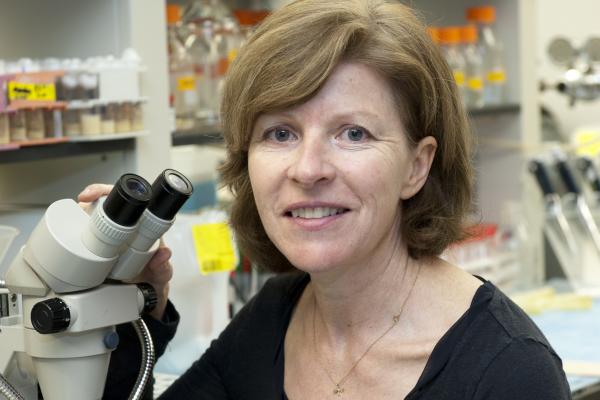New funding to Amanda Simcox

Congratulations to Mandy Simcox, who was recently awarded two new grants to support the work in her lab. A grant from the NIH entitled "Killing dormant tumor cells: the role of autophagy" addresses an important problem in cancer treatment: the survival of residual cancer cells that can cause metastasis—cancer recurrence at new sites, even after years with no detectable disease. These secondary tumors develop from cancer cells that may remain dormant for years, or even decades. To find ways to target dormant cells, the Simcox lab developed the first Drosophila tumor cell line that exhibits dormancy. In the fly-tumor model, the cells grow when the Ras oncogene is on and become dormant when Ras is switched off. The funded researc will use CRISPR technology to block potential dormancy pathways. If a gene is required for survival, the mutants with the knocked-out gene will die when they are dormant. Current experiments are testing the role of the autophagy pathway, a pathway that recycles cell contents to survive adverse conditions. The results have already revealed some unexpected complexity that may have implications for human cancer.
Mandy has also recently received an award from Women in Philanthrophy to support other aspects of her research. The Simcox lab developed an insect muscle stem cell line from the common fruit fly, Drosophila, which is a model organism used widely in research. Cell culture has been an important tool for research and led to the development of stem cell lines that can mature into specialized cell types like nerve and muscle. Muscle stem cell lines have recently been in the news for their potential for developing food products—cell-based meat that could be an ethical and sustainable replacement for animal-based meat. The fly muscle stem cells developed by Simcox mature into active contracting muscle tissue when treated with a fly hormone. The award from the Women in Philanthropy will support the development of cost effective methods to grow large numbers of the muscle cells with the goal of producing a novel food product.
